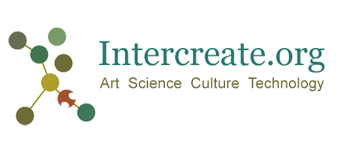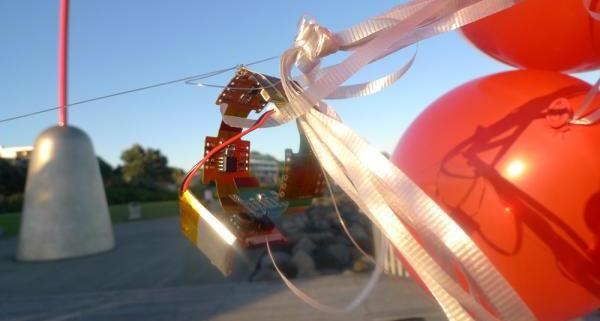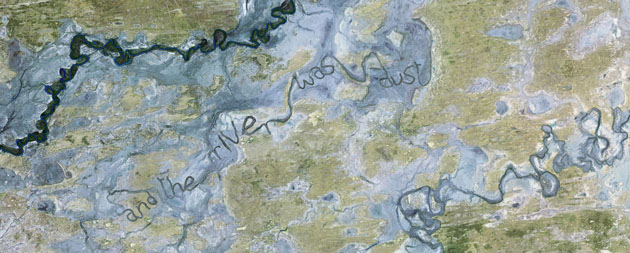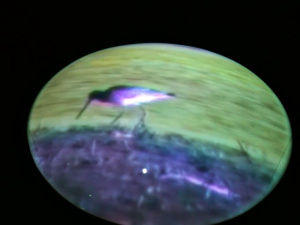Posts
From the Bottom of an Ocean of Air – Tega Brain, Kirsty Boyle, Ramon Guardans
/1 Comment/in 2011 Residency, Featured, SCANZ 2011: Eco sapiens /by Trudy LaneFrom the Bottom of an Ocean of Air, 2011 from Tega Brain on Vimeo.
Artist and scientist Ramon Guardans traces pollutants and their effect on local and global populations, health and environments and examines the relevance of different ways of life in understanding exposure. He has been involved for 20 years in international action on atmospheric and marine pollution including the Stockholm Convention on Persistent Organic Pollutants (POPs) and the Arctic Monitoring and Assessment Program (AMAP). Ramon was joined by roboticist Kirsty Boyle and environmental engineer and media artist Tega Brain in conducting experiments within the atmospheric environments of New Plymouth, Taranaki during the SCANZ 2011: Eco sapiens creative residency.
The intrepid team is currently undergoing further investigations in Noosa on Australia’s Sunshine coast, as part of the Floating Land event.
Remnant Breath – Keith Armstrong and Leah Barclay
/1 Comment/in 2011 Residency, Featured, SCANZ 2011: Eco sapiens /by Trudy LaneLeah Barclay (AU) and Keith Armstrong (AU) (as part of Remnant/Emergency Artlab/SCANZ 2011: Eco sapiens) invite you to an immersive sound walk on the Te Henui Walkway this Wednesday 26th January.
The work invites an acute sensitisation to this place solely through the often ignored senses of sound. The 20 minute experience reveals remnant sonic layers of this environment and explores stories of water, breath, place and environmental action.
‘Remnant Breath’ is the first showing of a work in progress. The project will evolve into an interactive garden of ephemeral sound growing and conversing with the natural environment.
Walks start at either 9pm or 10pm and last around 20 minutes – please arrive on time as it will not be possible to join the walk late.
Enter the Te Henui Walkway from the Lemon Street Entrance (close to Watson Street) – right next to the entrance to the Te Henui Graveyard on Lemon Street.
Presented as part of the SCANZ 2011: Eco sapiens events which have brought over 20 local national and international artists to Taranaki.
MAPS
View Remnant Breath in a larger map
Incompatible Elements – Josephine Starrs & Leon Cmielewski
/in 2011 Residency, SCANZ 2011: Eco sapiens /by Ian ClothierThe failure of nations to reach an agreement at the Climate Change Conference in Copenhagen last year has highlighted a huge gap between scientific consensus and public perceptions of climate change.
Downstream is a media art installation, which explores ways of representing the relationship between nature and culture. Employing poetic texts embedded into animated satellite images of landscapes at particular risk, it responds to the effects of climate change in ways that are mythical, biblical and chemical.
The work involves large screen installations which combine satellite imagery with local imagery and views of river systems threatened by global warming.
Downstream documentation
Leon Cmielewski and Josephine Starrs are Australian artists whose video and new media works have been shown extensively in Australia and internationally. They have created numerous projects including Seeker an installation that explores issues of migration, territorial boundaries, conflict commodities and human displacement. Seeker won an Award of Distinction in Interactive Art from the 2007 Prix Ars Electronica, Austria. Other work includes a.k.a. a video about universal surveillance, the Trace interactive installation, Bio-Tek Kitchen a computer game patch, Dream Kitchen an interactive stop-motion animation and Floating Territories a game art installation. They have been invited to participate in several international residency programs including Banff, Canada 1998, Sarai, New Delhi, India, 2006 and the Future Lab, Linz, Austria, 2009.
Ecotones – Janine Randerson
/in 2011 Residency, SCANZ 2011: Eco sapiens /by Trudy LaneThe bar-tailed godwit, the longest non-stop migrator of any species, is dependent on a global network of estuaries or ‘ecotones’, where terrestrial and marine ecosystems meet. These environments are under pressure due to being seen as transitional, unwanted, hybrid spaces. Janine’s project employs information from satellite telemetry and sonification to create a visual and acoustic reconception of the journey of these migratory birds. In this way the installation works to undermine the atomisation of North/South, human/non-human, air, sea and earthly relations.
Intercreate.org is proudly powered by WordPress





